火星探測:八張圖看懂「火星採樣」計劃
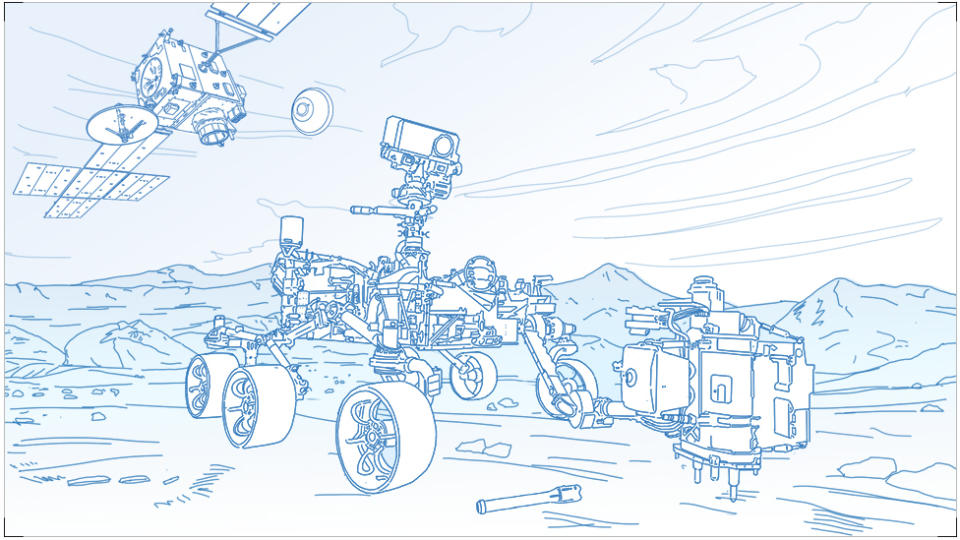
美國國家航空航天局(NASA)「毅力號」漫遊器2月18日登陸火星,主要任務是設法採集火星岩石和土壤樣本,然後把它們帶回地球。
這是2020年「火星探測發射窗口」期間開啟的三個火星任務之一;另外兩個是阿聯酋火星探測器「希望號」(Hope)和中國「天問-1」。
「希望號」2月9日抵達預定火星軌道,「天問-1號」2月11日抵達目標軌道。
2020年被稱為「火星年」,因為地球和火星距離最近,發射火星探測器需要的燃料最少。這個發射窗口每26個月出現一次。
毅力號著陸「恐怖七分鐘」過程如下(格林尼治時間2月18日):
進入大氣層:20:48 GMT
降落傘開啟:20:52 GMT
引擎驅動下降:20:54 GMT
起落架放下: 20:55 GMT

「毅力號」有兩個漫遊機器人搜索和採集標本,還有一個精密致巧的傳送系統用來把樣本帶回家。
科學家希望在地球上的實驗室來研究樣本,以確定那顆紅色星球上是否存在或曾經存在過類似地球上的生命。
下面八張圖解釋了美國NASA和歐洲ESA合作將火星岩石和土壤樣本運回地球的過程。
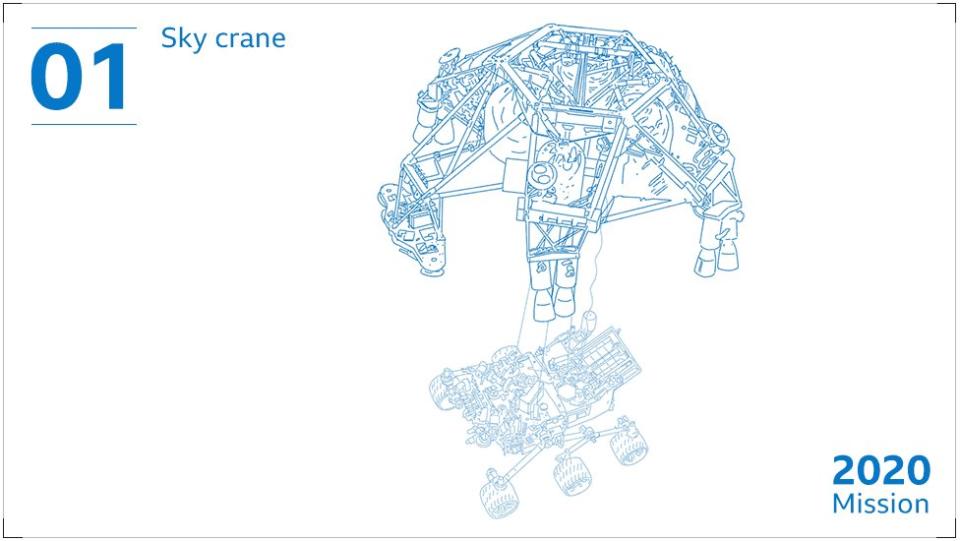
2020年,美國國家航空航天局研製出一款新型火星漫遊探測器,命名為「毅力號」(Perseverance),配備了最新儀器設備,2021年2月18日抵達火星大氣層,經過危險的著陸過程,最終被「天空吊車」懸浮式降落到火星表面。
降落過程中採用了巨大的降落傘和火箭引擎幫助減速,然後再用纜索把漫遊器放到地面。
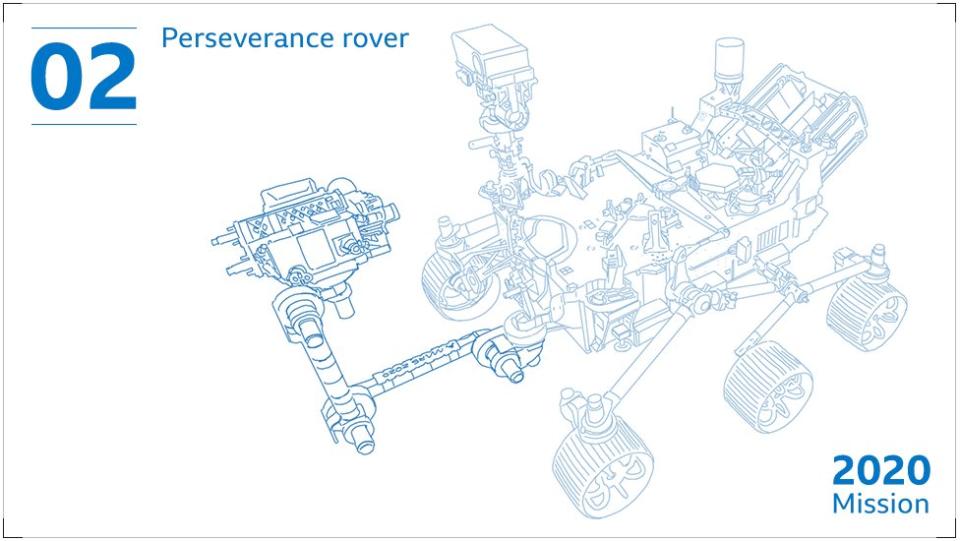
「毅力號」 — 無人駕駛漫遊器,六個輪子,23個攝像頭,還有一個鑽頭。它的使命是在火星上一個叫耶澤羅的巨大的隕石撞擊坑裏搜索古代生命跡象,採集可能與微生物有過接觸或被微生物改變的岩石和土壤樣本。
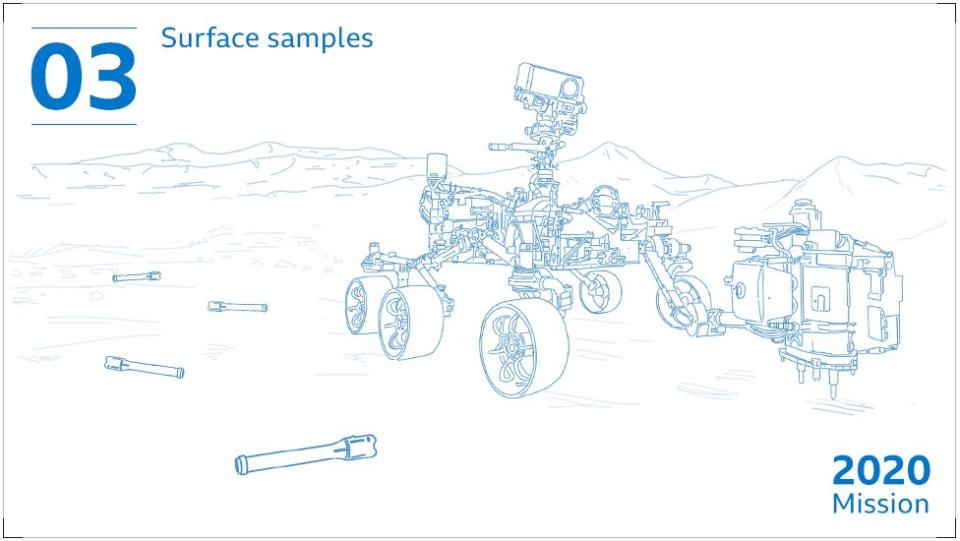
「毅力號」採到的樣本後會存放在金屬罐裏,罐子留在原地,自己繼續執行探測任務。它的核動力系統可以維持漫遊10年以上。
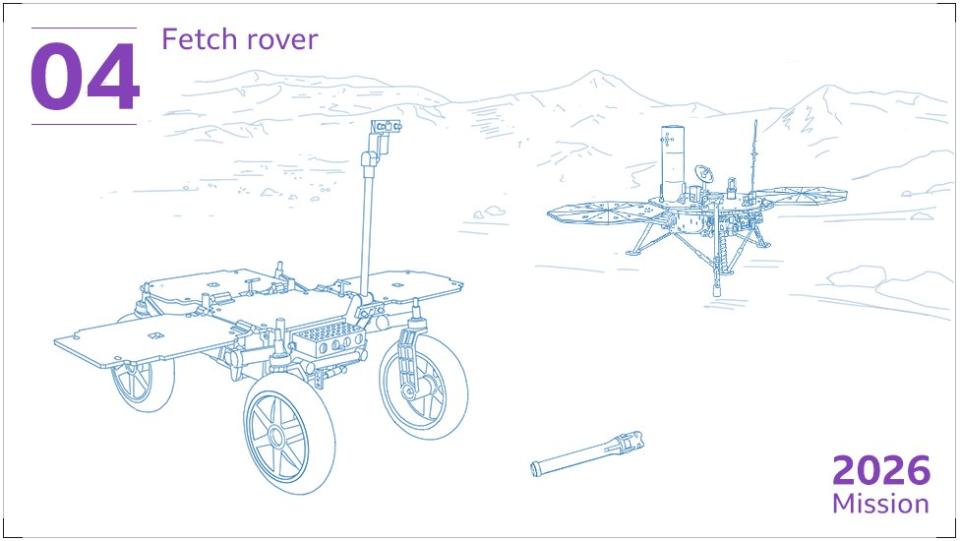
「毅力號」採集的樣本要過幾年才能被送到地球。根據計劃,2026以後,一輛「取貨車」將前往火星,著陸後把「毅力號」留下的樣本罐一一取回。這個火星漫遊器由歐洲航天局(ESA)建造。
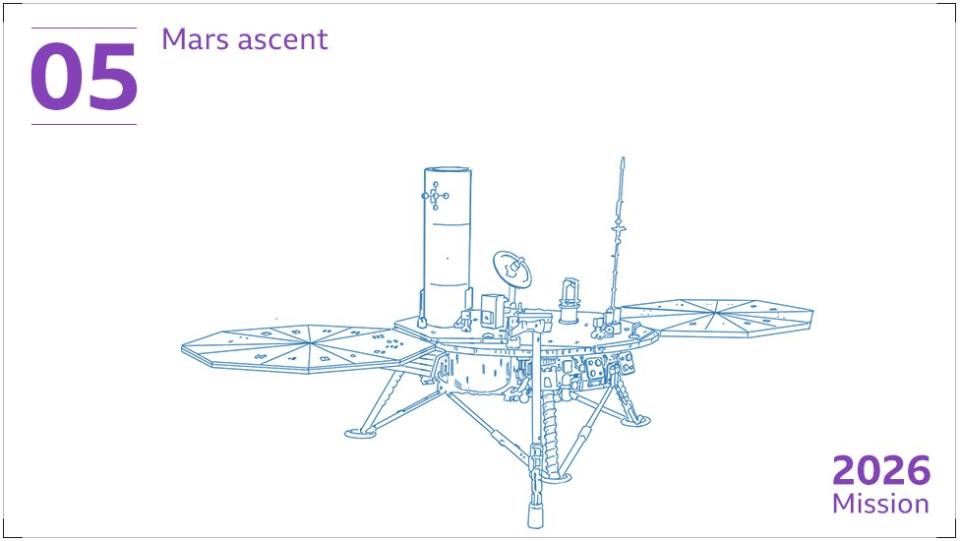
「取貨車」把收集到的樣本罐裝到一個安全容器裏,再把這個樣本傳輸艙裝到一個小火箭(MAV)上。這個火箭發射升空,把樣本容器放到火星軌道上。
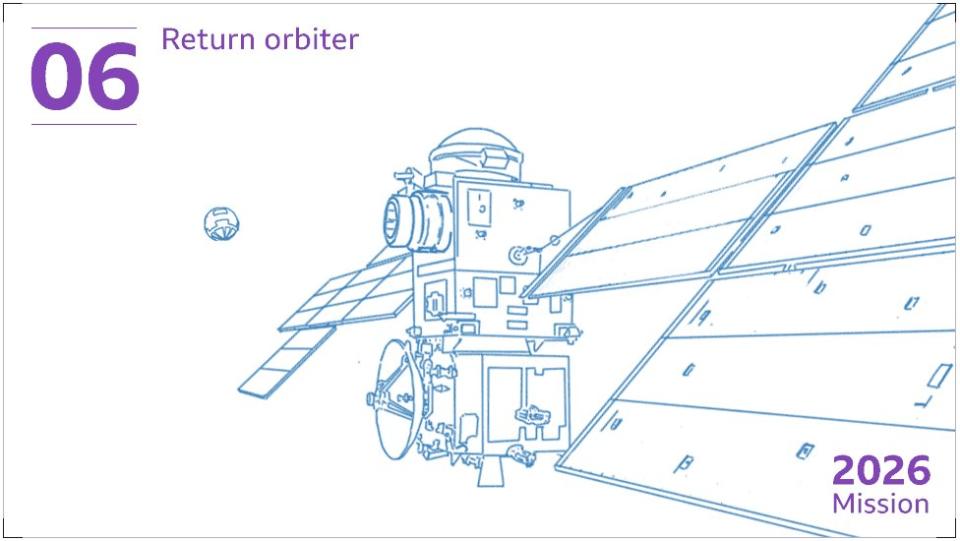
歐洲的一顆衛星將在火星軌道上「截獲」這個樣本容器。這顆衛星就像「返回地球軌道飛行器」,或者說貨運飛船,負責把火星岩石和土壤樣本帶回地球。
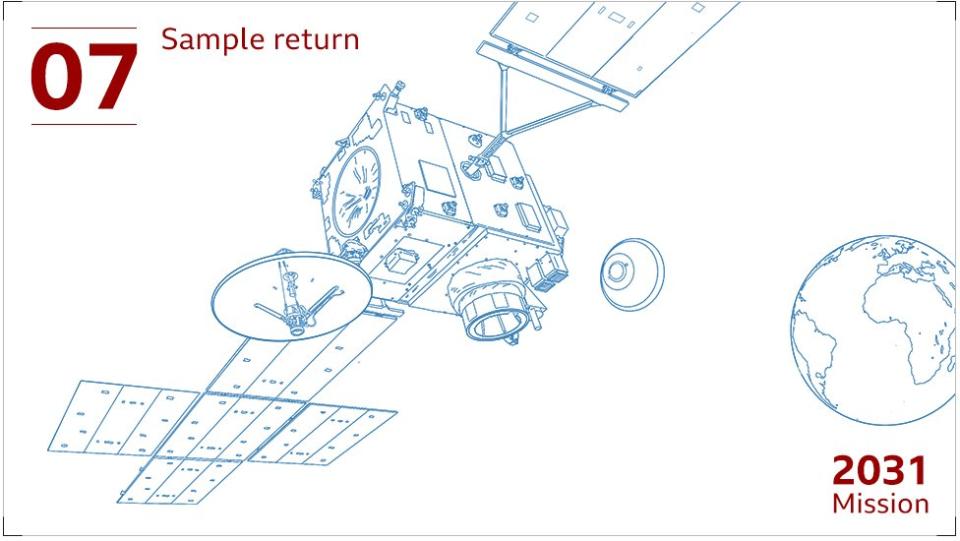
我們預計這顆運輸衛星最早將於2031年返回地球。那時,裝載著火星樣本的密封艙會穿越地球大氣層,在北美某個地方著陸。
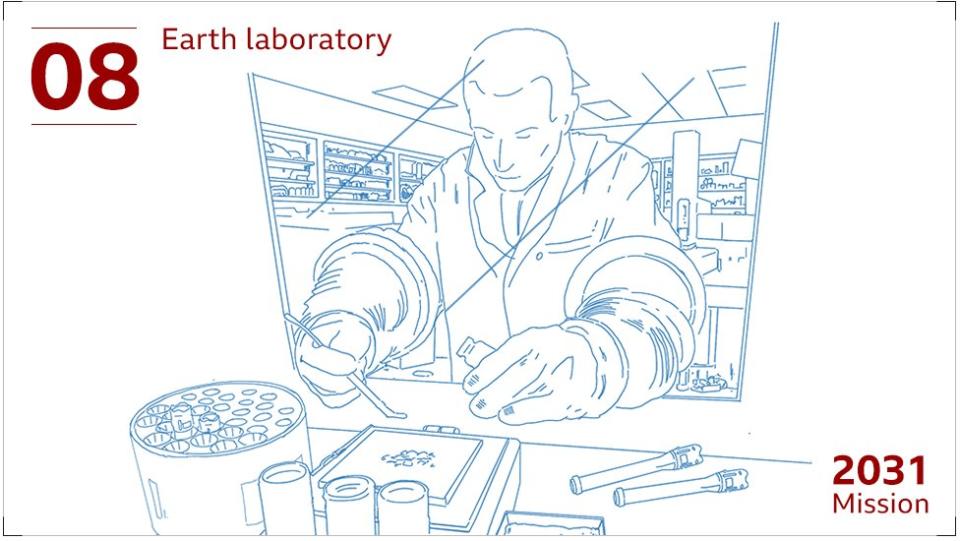
火星樣本送到地球後,科學家們會在實驗室裏用最先進的技術對這些岩石和土壤樣本展開研究,包括目前還沒有發明的技術。這些樣本將會告訴我們火星上到底是否有過生命,或者為我們提供解答這個問題的線索。
繪圖:傑瑞·弗萊切(Gerry Fletche)
製作:喬納森·阿莫斯( Jonathan Amos)、湯姆·豪斯登(Tom Housden)、希爾帕·薩拉夫( Shilpa Saraf)、艾維薩·特奇尤( Evisa Terziu)
更多相關新聞
飛行3億英里成功登陸火星 尋找古生命
搶先中國!NASA「毅力號」登火星
熱鬧的二月:三艘航天器探火星
火星探索 要在紅色星球上尋找什麼
飛行202 中國「天問一號」探測器抵達火星!
相關新聞影音

 Yahoo奇摩新聞
Yahoo奇摩新聞 